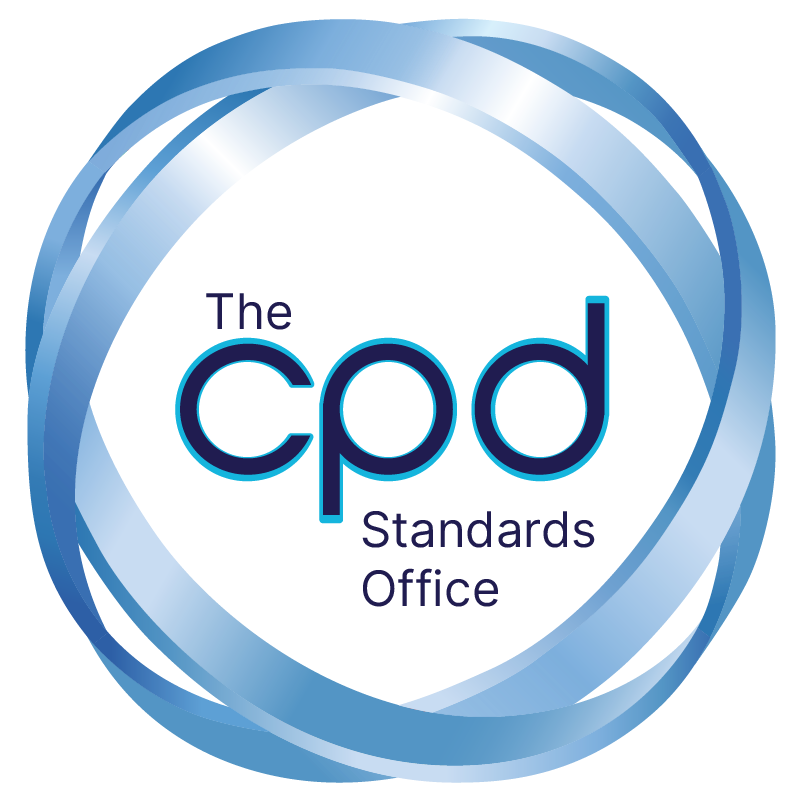About the Durability of Reinforced Concrete Structures: Assessment, Repair & Risk-Based Inspection Course
Time Training Center's 5-day (30-hour) course on Reinforced Concrete Durability offers sustainable strategies to enhance structural integrity and lifespan. It equips you with the skills to assess, diagnose, and implement effective repair and retrofitting strategies for concrete structures.
The course explores the key causes of deterioration, including corrosion, material degradation, and environmental exposure. It also introduces modern assessment techniques and risk-based inspection practices. The course covers concrete properties, structural failures, and soil–foundation interactions, enabling precise problem identification and effective solutions. You will develop practical skills in selecting suitable repair methodologies and applying conventional and advanced retrofitting materials.
Through a mix of theory, practical insights, and case studies, our course helps you confidently identify structural distress, assess risks, and apply cost-effective, durable solutions. It also equips you to enhance the resilience, functionality, and service life of reinforced concrete structures, ensuring their continued safety and performance.
Course Objectives
By the end of this Durability of Reinforced Concrete Structures: Assessment, Repair & Risk-Based Inspection training course, participants will be able to:
- Understand the various factors that necessitate the assessment of existing reinforced concrete structures and apply suitable evaluation procedures.
- Investigate the implications of changing the functional use of a building and analyze the effects of revised live loads, environmental conditions, and regulatory data (e.g., wind or snow loads).
- Evaluate the vulnerability of older buildings to seismic loads and identify appropriate retrofitting strategies for fragile or non-compliant systems.
- Apply destructive and non-destructive testing methods to assess the integrity of in-situ concrete and detect deterioration.
- Identify failure modes related to corrosion, poor detailing, inadequate materials, and environmental exposure.
- Understand soil behavior, classification, and the impact of problematic soil conditions on foundation performance and structural durability.
- Design and implement repair strategies, including structural strengthening using modern materials such as carbon fiber and resin systems.
- Address the unique challenges in assessing and repairing heritage or historic buildings where uncertainty and reversibility are key constraints.
- Integrate risk-based inspection approaches to prioritize maintenance and ensure compliance with international standards like ACI.
Training Methodology
We employ a comprehensive and applied learning strategy, integrating theory with real-world implementation:
- 30% Conceptual Learning: Expert-led sessions on catalytic theory and engineering principles
- 20% Interactive Workshops: Group exercises, presentations, and technical discussion forums
- 30% Case-Based Learning: Industry-specific examples and troubleshooting scenarios
- 20% Technology Integration: Digital tools, simulations, and catalyst modeling applications
Who Should Attend?
This training course is highly beneficial for professionals involved in structural design, inspection, and rehabilitation of reinforced concrete structures, including:
- Construction Engineers
- Design Structural Engineers
- Supervisors involved in structural works
- Maintenance Engineers and Planners
Course Outline
Module 1: Overview of Urban Drainage Systems
- Pre-test assessment of existing knowledge
- Overview of planned maintenance principles and characteristics of effective structural maintenance
- Reliability and failure considerations during design and construction
- Common types of cracks in concrete structures and their causes
- Techniques for crack repair and monitoring systems
- In-situ concrete testing methods
- Destructive tests: core sampling and pull-out tests
- Non-destructive tests: rebound hammer, penetration resistance, ultrasonic pulse velocity (UPV)
Module 2: Loads and Reasons of Failure
- Failure modes in reinforced concrete structures
- Risk assessment related to corrosion and material degradation
- Seismic evaluation and retrofitting of existing structures
- Economic, functional, and aesthetic considerations in structural repair
- Strengthening of structural systems through retrofitting techniques
- Rehabilitation of non-structural and architectural elements
Module 3: Types of Tests and Retrofitting Techniques
- Assessment of structural concrete and testing of fresh and hardened concrete
- Anchoring and fixation using bolts and epoxy adhesives
- Column jacketing techniques for strength enhancement
- Application of advanced materials: carbon fiber reinforced polymers (CFRP), resin systems
- Methods to improve flexural and shear strength and confinement techniques
- ACI guidelines for evaluating existing concrete structures
Module 4: Soil Problems and Foundation Interaction
- Soil classification and shear strength fundamentals
- Identification and management of problematic soils
- Interpretation of foundation movement and subsurface inspection methods
- Techniques for underpinning and soil stabilization
- Impact of chemical attack and marine exposure on concrete durability
- Influence of materials and construction systems on long-term performance
Module 5: Types of Repair and Special Cases
- Restoration of historic and heritage reinforced concrete structures
- Managing uncertainties and applying reversible repair techniques
- Challenges in retrofitting buildings with altered functional use
- Classification of repair methods for RC structures
- Case studies and performance review following structural interventions
- Post-assessment review and implementation of a risk-based inspection plan
Module 6: Capstone and Assessment
- Review of Core Topics and Key Learnings
- Final Group Discussion and Q&A
- Post-Test Evaluation
- Certificate Presentation
Course Completion Certificate
Upon completing your course at Time Training Center, you will be awarded an official Course Completion Certificate, recognizing your achievement and the skills you've gained. This certificate validates your expertise and reflects the high standards of training you've undergone.
Certificate Accreditations

Continuing Professional Development (CPD)
CPD Accreditation stands for Continuing Professional Development Accreditation. CPD Accreditation is a trust mark achieved by training providers, course creators, and other educators when their training activity (course, event, or other) has been assessed and confirmed to meet standards suitable for Continuing Professional Development. This accreditation assures both learners and employers that the training is credible and worthwhile for ongoing career growth.
 +971 2 6713828
+971 2 6713828
